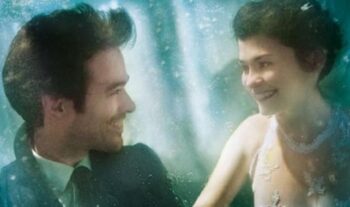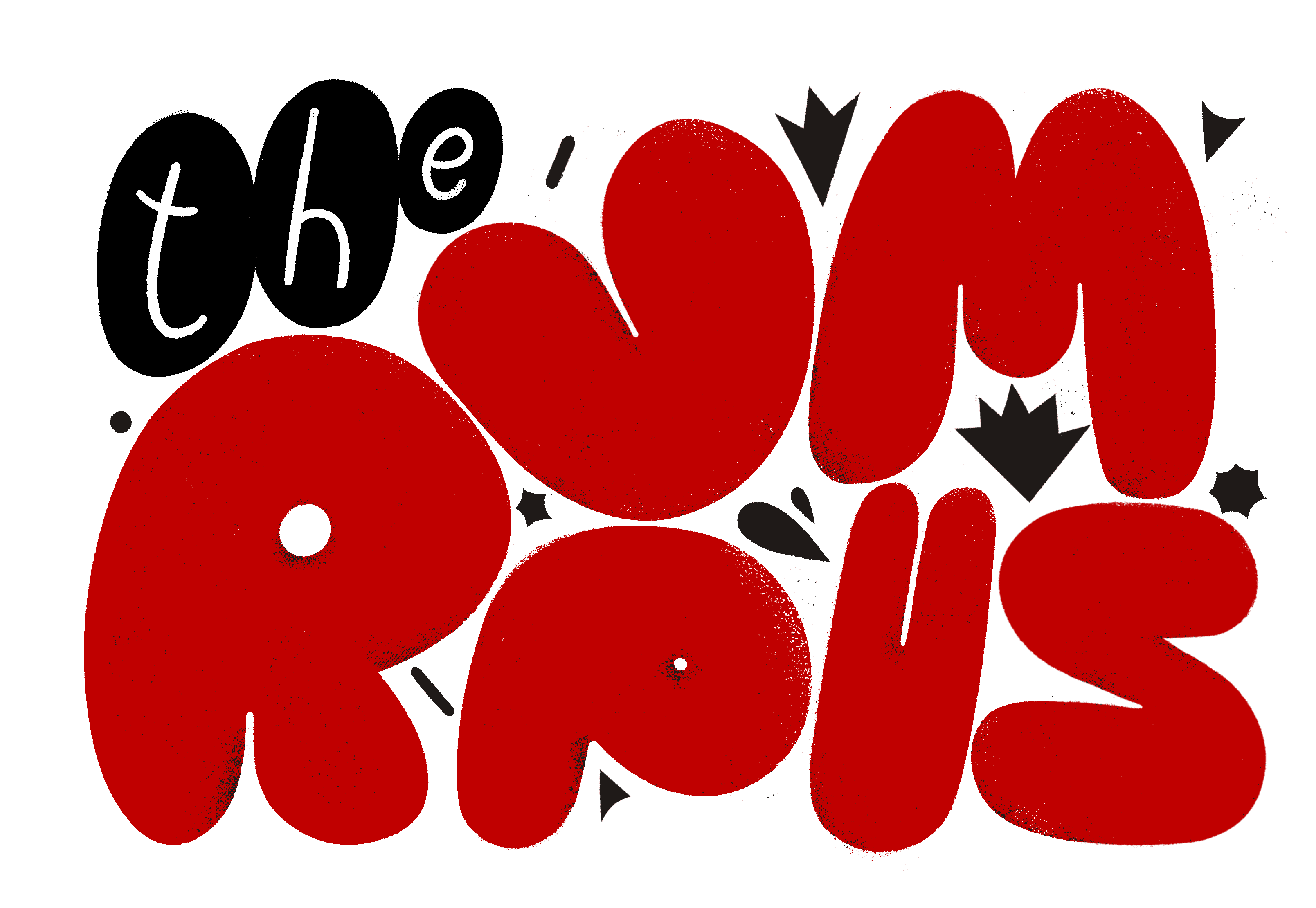
Who could have guessed that the abandoned billboard on the side of the Brooklyn-Queens Expressway that read “Love Me Indigo” was really an unsuccessful viral marketing campaign for the Michel Gondry film Mood Indigo? Or that a water lily could flower in the lung of Audrey Tautou, and the only cure would be to constantly surround her with fresh flowers?
Well, nobody. That doesn’t make either idea any less plausible. Honestly, I just wanted to mention that billboard. But as far as the film is concerned, after watching it, I wouldn’t recommend that particular shade of love—the results are a bit depressing. And that’s because Mood Indigo is like watching the death of imagination through the colorful lens of a fast-paced, surreal love story. Luckily, Michel Gondry is the one to deliver the bad news (not to mention he also plays the inept, somewhat eccentric doctor that diagnoses Chloe’s strange illness). It’s actually a very difficult task considering that Boris Vian’s 1947 novel L’Écume des Jours (translated in English as either Mood Indigo, Froth on the Daydream, or Foam of the Daze) is a rite of passage in France comparable to the experience of reading Catcher in the Rye in the United States. Though Gondry doesn’t hesitate, especially early in the film, to take every opportunity to exhaust your senses.
It’s a bit overwhelming at first. In the opening sequences, we are introduced to a setting that casually defies logic—there’s the pianocktail (a piano that makes cocktails according to the notes being played), a tiny mouse that helps around the apartment, a walking doorbell with a mind of its own, et cetera. It’s the kind of living environment that allows Gondry to distort perception as much as possible by playing with both space and proportion. He even throws in several animated sequences for good measure.
If you’re a fan of his previous work, you’ll recognize and appreciate some of the visual techniques he uses in the film. That being said, the fast-paced setting is nothing compared to the jazz-inspired, exceedingly formal, and often absurd dialogue of the characters (especially if you have to read subtitles along the way). At times, it makes everything seem very rushed, almost frivolous, but it’s a peculiar attention to detail that extends itself to every moment of the film. We never settle into an ordinary dynamic. The film has you question the purpose or possible application of every object in the room—be it a table, an oven, or a bed. And that’s part of the experience. You really have to separate the imagery and the actual plot into two different narratives.
On the one hand, you have the story of Colin [Romain Duris]. He’s young, wealthy, and suddenly convinced that he should find love. In turn, he meets Chloe [Audrey Tautou]. After a brief six-month courtship that includes several imaginative, romantic sequences throughout Paris, they get married. That’s when everything starts to fall apart. This should also be the moment when you begin to notice more of the subtle emotional shift in tone. It doesn’t necessarily pertain to the characters, but rather the background. One of the more prevalent criticisms of the film is the apparent lack of emotional depth and character development as the story progresses. But in adapting the novel, Gondry is faithful to the central premise of the book: the objects in the story interact with the emotions of the characters. It’s the visual narrative that compliments—but in reality, overshadows—the stories of Colin and Chloe, Chick [Gad Elmaleh] and Alise [Aïssa Maïga]. When Chloe becomes ill, Colin suddenly has to worry about money (and his dwindling fortune), Chloe’s expensive and idiosyncratic treatment, the financial stability of his friend Chick, and so on. It makes the apartment a smaller, less inviting place. It makes the objects in the background less lively, less likely to surprise you. Technically speaking, appearances are not deceiving. The whole situation even makes Nicolas [Omar Sy]—Colin’s chef, lawyer, and companion—start aging faster.
Then, in a rather abrupt sequence, each of the characters meets his or her fate. Chick commits suicide after Alise kills Jean Sol-Partre, the lovely spoonerism for the French intellectual he has obsessed over throughout the film. Alise burns Partre’s library after initially being drawn to Chick through Partre’s work. Chloe’s condition worsens after initially improving. And by the end, Colin loses everything. Not only does he lose Chloe, but the color is also gone by the close of the film. The change to black and white provides stark and immediate contrast to the initial vibrancy of the story. So that’s why I describe the experience as watching the death of imagination: If Colin’s emotions are reflected by his surroundings, then Gondry accurately depicts the decline of the narrative. He’s told the story visually, which makes it difficult to mourn what is essentially an abstract concept.
By the time you realize that all the color and optimism has been removed from the story, it’s too late. Rather than convey a particular and enduring emotion, the film implodes before you have the opportunity to mourn its tragic fall from grace. Ultimately, you have to try to go back and connect the first and third acts to really appreciate the subversive charm of this film. Otherwise, you may find yourself underwhelmed by the indifference near the end. Because underneath its constantly changing scenery and weak narrative, Mood Indigo presents a complete and unsettling lack of sympathy for its characters. It’s sometimes hard to sell subtlety to audiences, especially in a film review that’s trying to emphasize such a rigid aesthetic, but Mood Indigo isn’t a typical love story. It’s hard to even consider it a surrealist melodrama. If anything, the film is the process of giving life to your surroundings, making the world seem like a place where anything is possible, where one good feeling leads to the next, and lasts for as long as it takes for life to drain the color from you and from the world around you.




